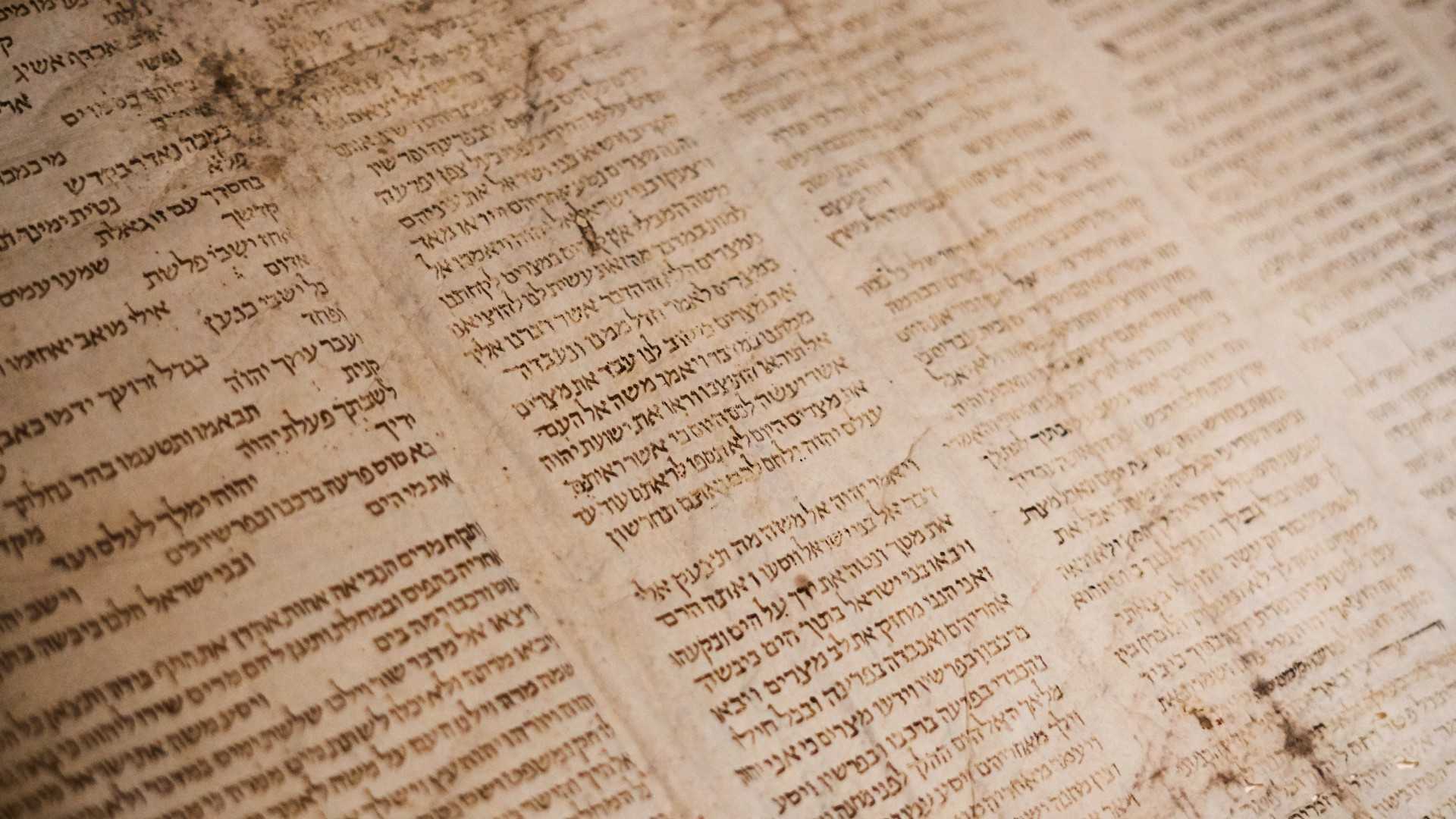Archeological findings have consistently supported the veracity of historical details mentioned in the Bible. The discovery of the Pool of Bethesda in the late 19th century not only confirms the historical setting in John 5, but it also supports John’s claim that he was an eyewitness to what he reports.
John 5 describes a pool with five porticoes, and since no five-sided pools were known to scholars of antiquity, it was thought that this passage wasn’t historically accurate or written by an eyewitness. But in the late 19th century, a pool was discovered under a church in Jerusalem. It wasn’t pentagon-shaped; rather it had porticoes on four sides and a fifth portico that crossed from side-to-side, dividing the pool. It had five porticoes and was dated to Jesus’ time.
Since the pool was likely destroyed when the Romans sacked Jerusalem in 70 A.D., John must have known it before then. This places John in Jerusalem in the time frame he claims to have witnessed Jesus. Someone living after 70 A.D. wouldn’t have known about the pool with five porticoes.
It’s a simple piece of evidence to demonstrate that John is a reliable historical source.

